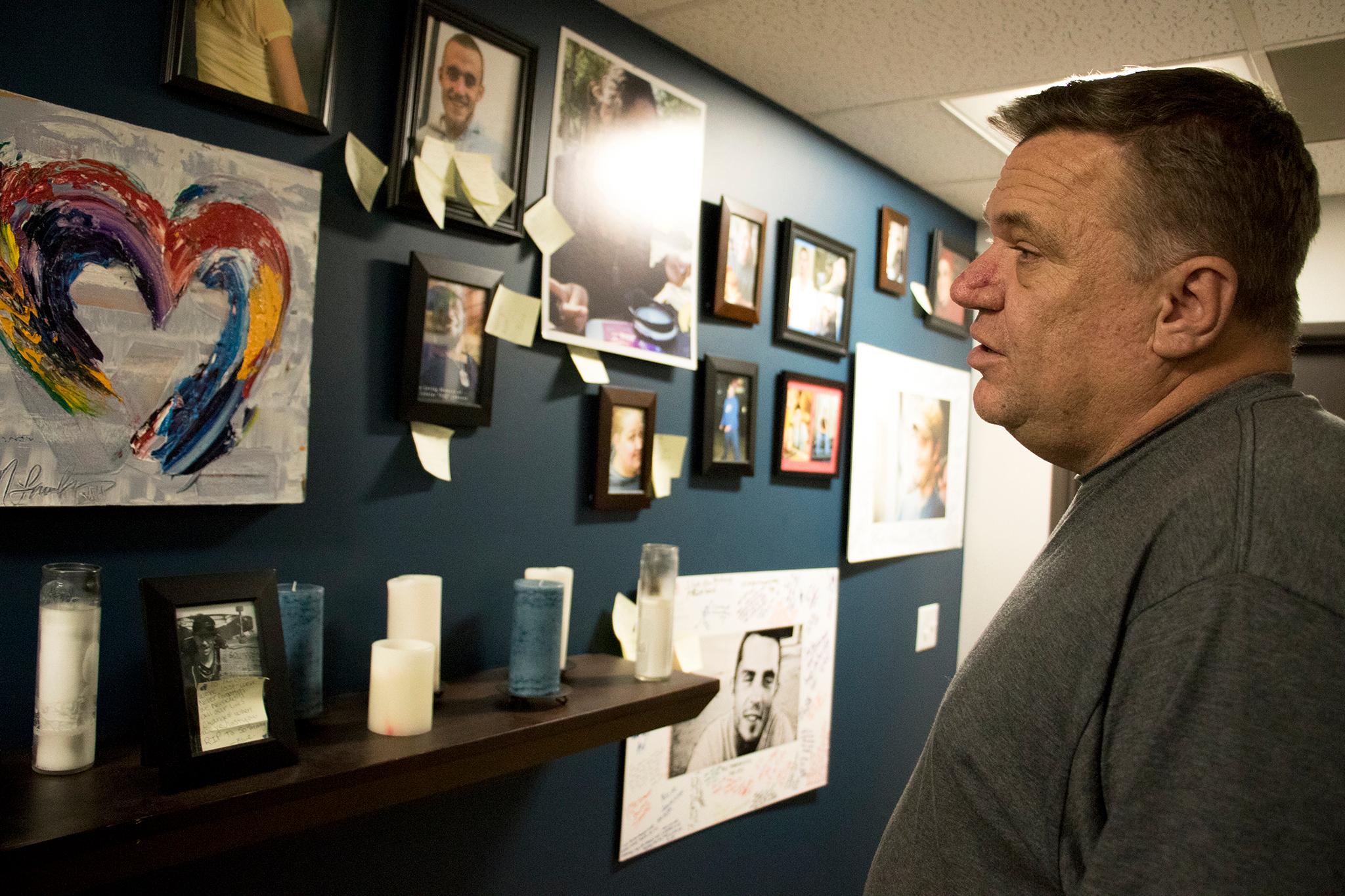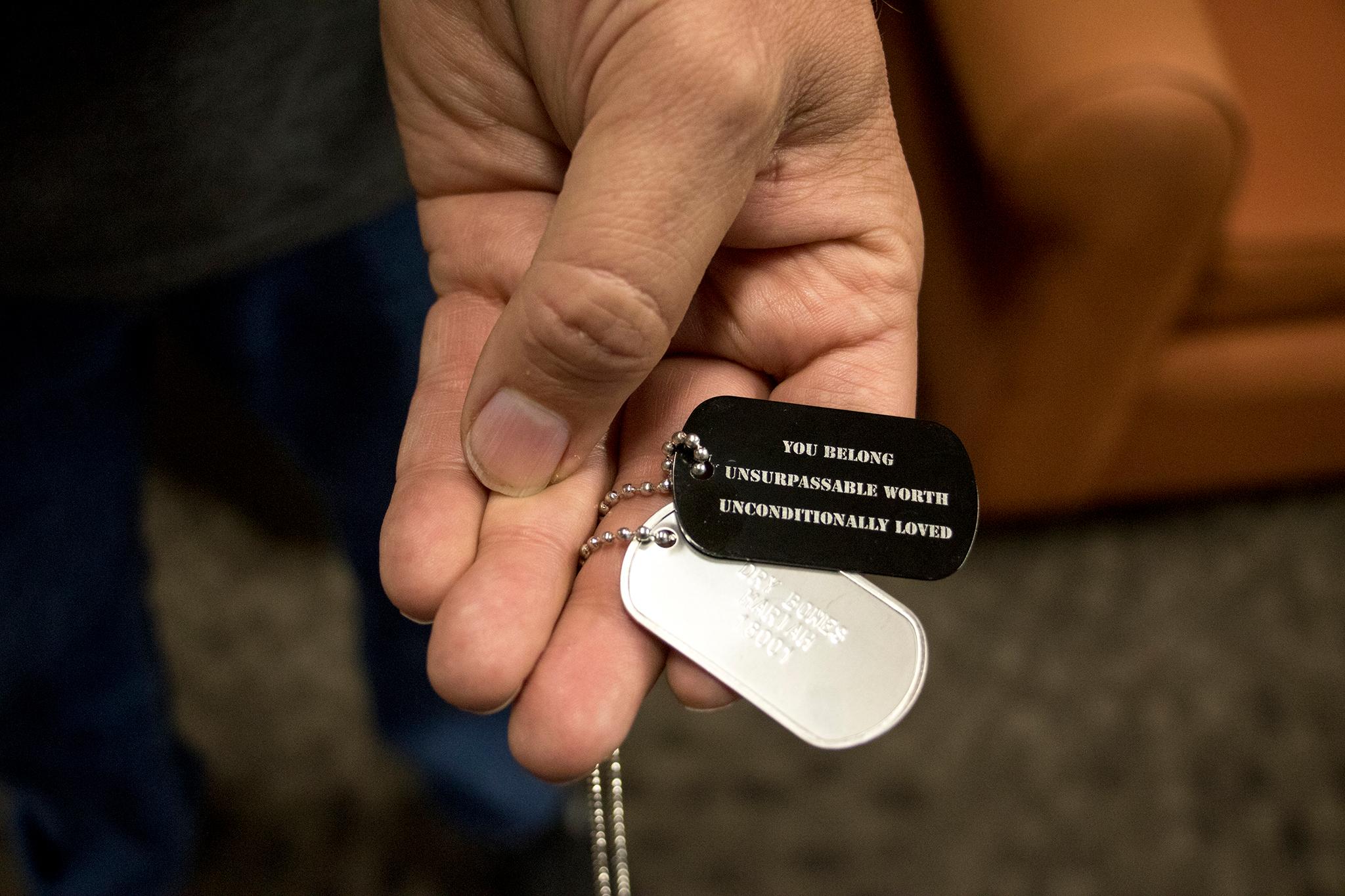Heart and liver disease. Drug or alcohol abuse. Mental health struggles.
"Also seen in this population are deaths due to inherent risks of being unsheltered, including hypothermia, drowning and automobile-pedestrian deaths," Arapahoe County Coroner Dr. Kelly Lear wrote to the Aurora City Council last month.
Lear said she was asked to write the letter by supporters of a plan to build an affordable housing complex in Aurora. Mental health and other supports would be offered at the proposed 50-unit Providence at the Heights to tenants who likely would include people who had recently experienced homelessness. The proposal was vehemently opposed by some neighbors. In a 6-5 vote following hours of public testimony that included a reading of Lear's letter, the Aurora City Council narrowly overruled its own zoning commission to approve the site plan for PATH.
Lear told Denverite she reviewed death records to put her letter together not to offer conclusions about how policy makers should proceed, but to offer advice to inform their decisions. In doing so she joined public health experts across the country who have shone a light on deaths on the streets. She also added some clear-eyed, soberly presented statistics to a discussion that ranged from intense debate over housing prices to fervent calls for compassion.
It's "important for people to realize that it's happening and what the risks are," Lear said.
It's not clear how much weight Lear's letter was given. Councilwoman Crystal Murillo was among several who said they voted on the technical merits of the site plan the affordable housing developers had submitted, not in response to who would be living in the complex. But Murillo added: "Personally, I care very much about affordable housing so knowing more about its impact on our community members experiencing homelessness is further motive to support projects that increase access to housing."
Lear reviewed the records of the 54 homeless people who died in Arapahoe County between 2010 and August, 2018. The average age at death was 52, compared to Colorado's average life expectancy of 80. A third died of heart, liver or other natural disease; another third of drug or alcohol overdoses or chronic complications of alcohol abuse. One in five had been diagnosed with a mental health problem, though Lear said that was likely underestimated because little was known about many of those who died homeless.
"I believe it is my charge as a public health physician with an interest in the health of my community to provide as much information as possible to further any efforts that may prevent future deaths from occurring," Lear wrote the council.
State health officials motivated by the same conviction that knowledge can lead to prevention also compile data on deaths among the homeless population. Traffic and other accidents were top killers, along with chronic liver and heart disease, according to data from 2015 to 2018. Among people with a place to call home, heart disease and cancer are more common causes of deaths than accidents, underlying the dangers of the environments in which homeless people live.
The Department of Public Health and Environment also looked closely at data from 2004 to 2015 across Colorado for a study released earlier this year on violent deaths among people in homelessness. The department's sample was larger and therefore more robust than Lear's, and echoed studies from elsewhere in the country that have shown people experiencing homelessness are exposed to more crime and danger than people who have a place to live.
DPHE studied 245 homeless people who died violently between 2004 and 2015. They represented less than 2 percent of all deaths by homicide, suicide, accident and other violent means during that period. The largest number -- 80 -- of the 245 homeless deaths were recorded in Denver.
In Colorado, 12 percent more homicides were recorded among those who were homeless compared to those who were not. Suicides, though, were 20 percent lower, which researchers said may be because people experiencing homelessness had less access to firearms. Shooting oneself is a very common method of suicide in Colorado.
Nationally, research into the risks homeless people face has led to the development of the vulnerability index, a method of triage that allows outreach workers to determine who on the streets is most in need of scarce shelter.

Keeping count is more than a matter of life and death.
Each year the Colorado Coalition for the Homeless works with the Denver Office of the Medical Examiner and social service agencies in the Denver metro area to make an accounting. Then the names of the dead are read aloud at an annual memorial service so that those who died without homes can be remembered with dignity.
Robbie Goldman, co-director of Dry Bones, a support organization for homeless teenagers, attends the Colorado Coalition for the Homeless memorial every year. He makes sure any young people he knows who have died are included in the reading of names.
In recent years Dry Bones -- the name is a biblical reference to hope for rebirth -- has created a memorial wall for its dead. Photos line a dark-teal wall off a hallway leading from the kitchen of the group's Uptown offices and drop-in center. Friends of the dead scrawl remembrances on Post-its or posters.
"I miss you much, Chuck. I hope you've found peace. I love you," reads a note next to a portrait of a man on a Texas beach. His head is wrapped in a dark bandana, his eyes are solemn.
Goldman said the man had lived on the streets in Denver but always wanted to go to the beach. He made it to Texas shortly before dying of an accidental opioid overdose. Goldman said he had suffered severe back pain.
A young woman wearing glasses with black-and-white polka dot frames mugs for the camera. Her photos are mounted on white poster board. Hanging from a chain on pin on the board is a dog tag she once wore that bears the Dry Bones affirmation: "Unsurpassable worth, unconditionally loved." She died of stomach cancer after a period of shuttling between the Denver streets and a hospital.
Goldman said one of the woman's closest friends recently graduated from a program to train homeless young people for the workforce. The graduate marked the moment by visiting the memorial wall.
"She looked up at that picture and said, 'You'll be proud of me,'" Goldman said.
"That's why we keep track."















